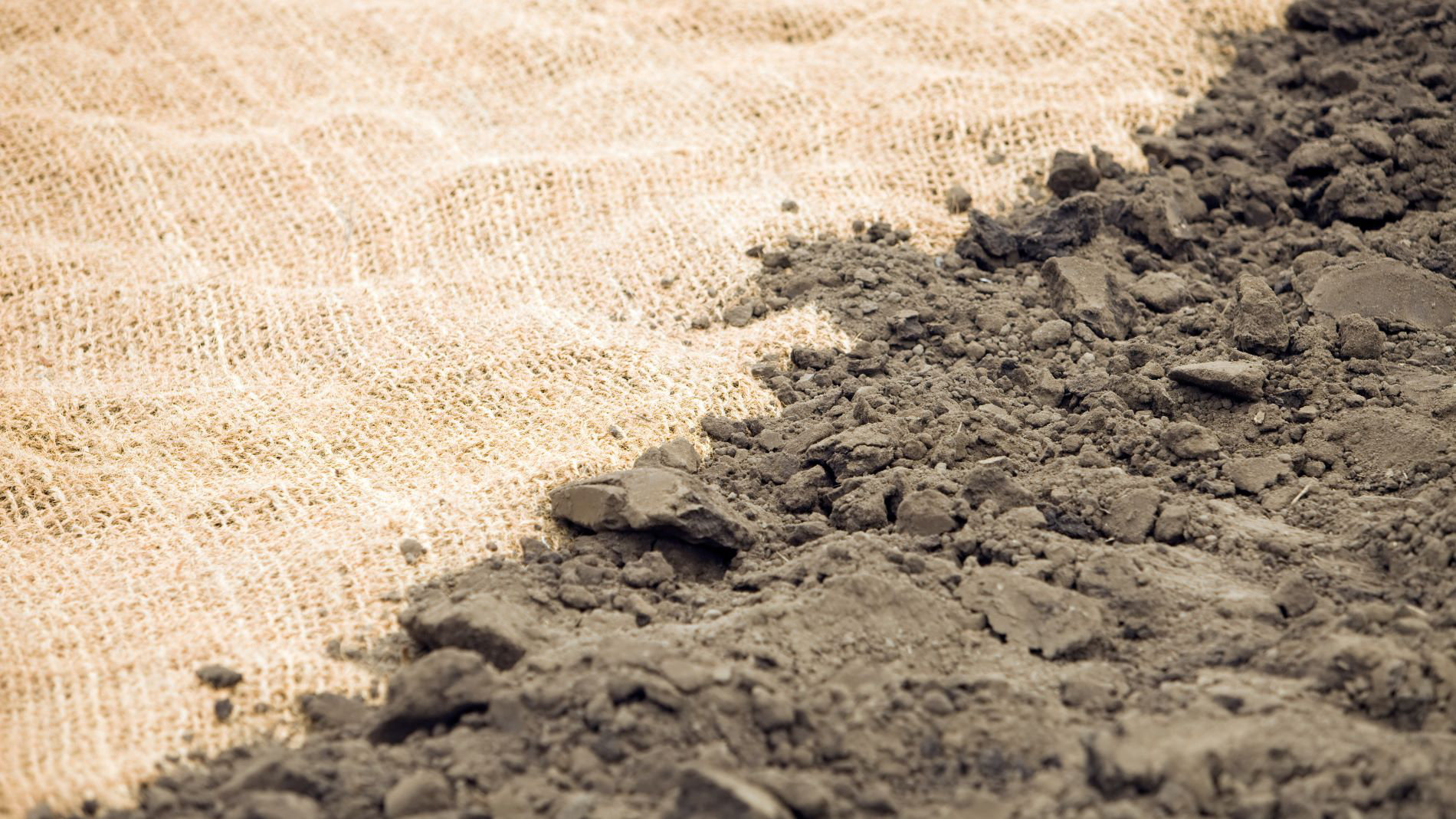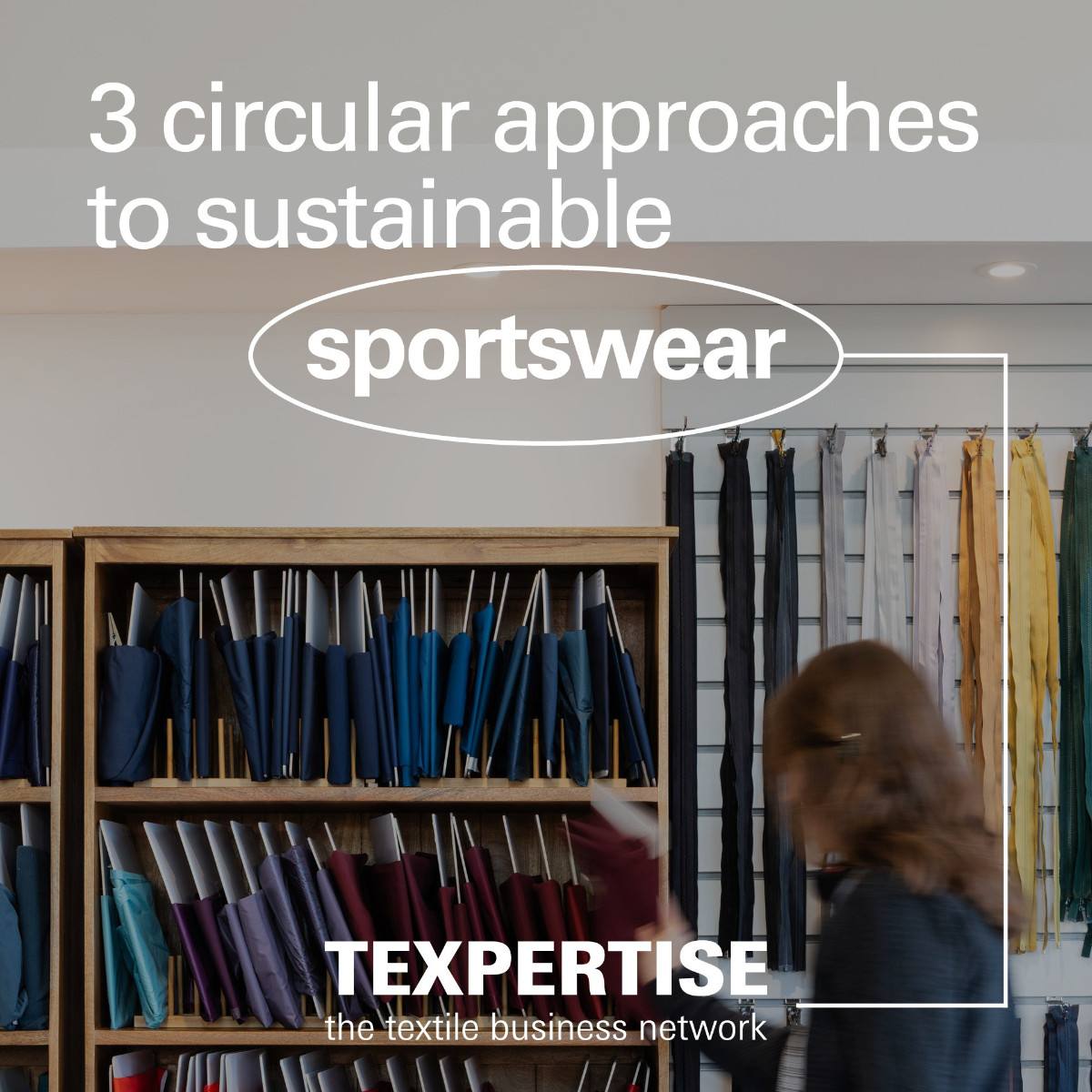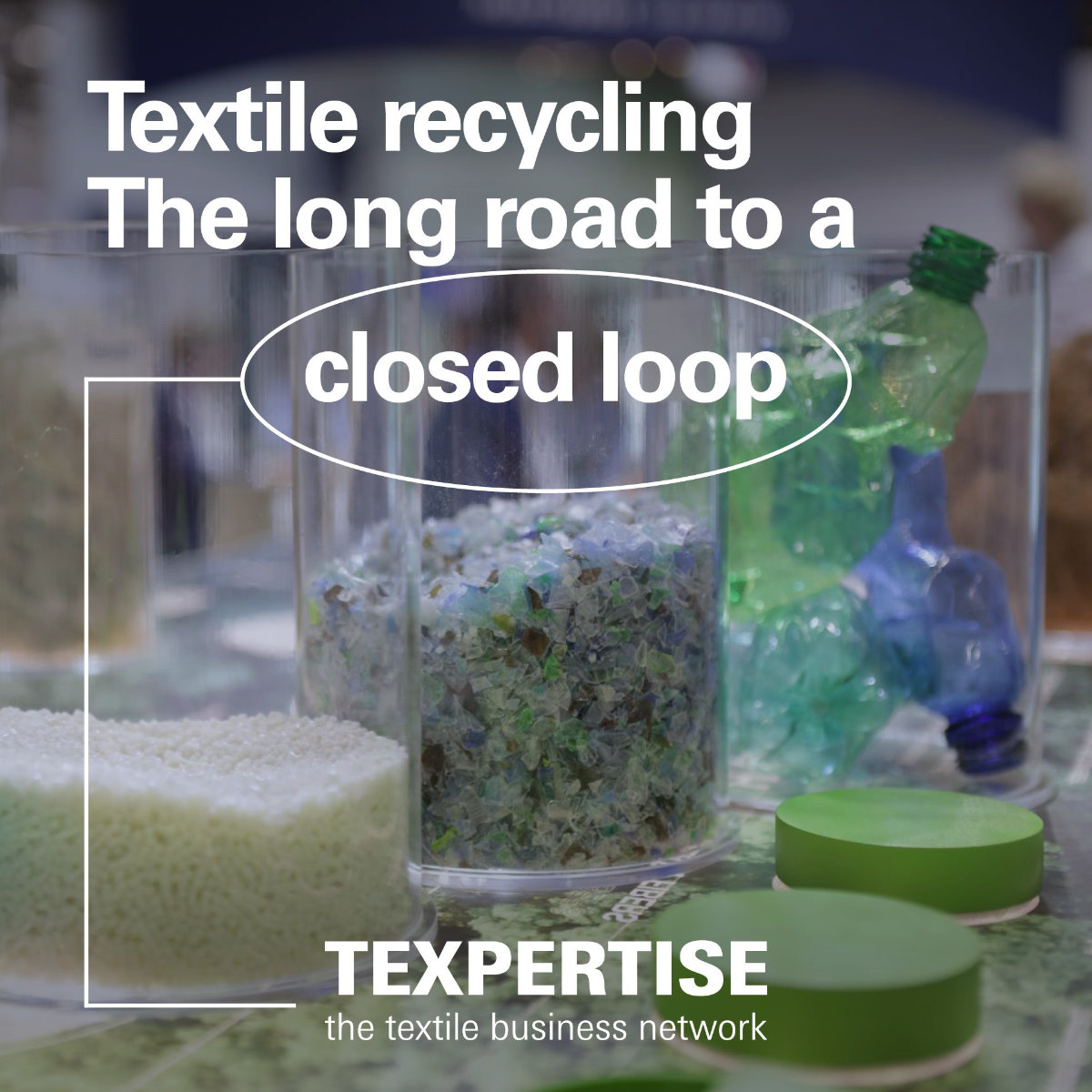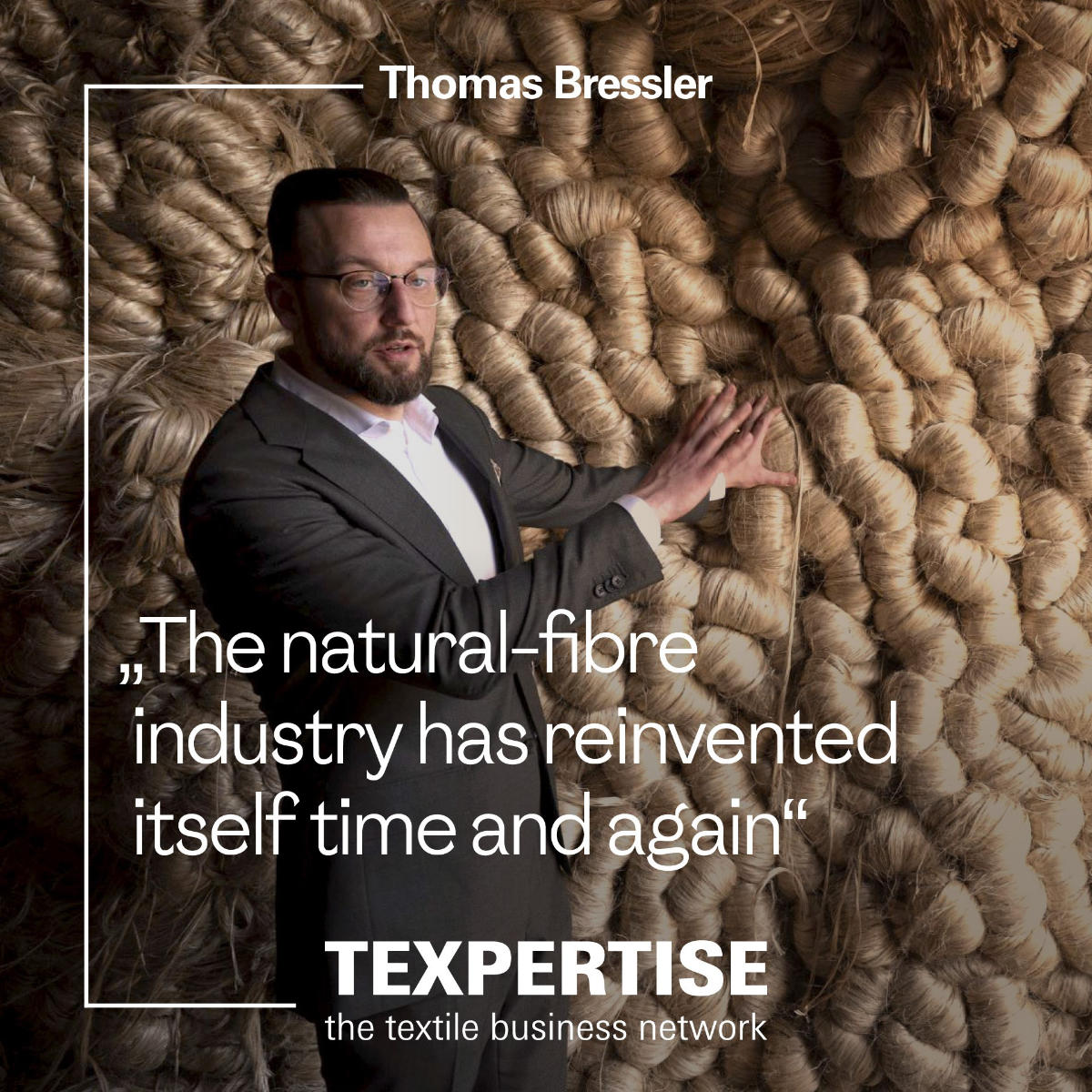Reading time: 2 minutes
The textile value chain is undergoing profound change – fuelled by research, innovation and a growing environmental awareness. Biodegradable textiles are currently at the centre of attention. Their long-term aim is to reduce the release of microfibres into the environment and conserve resources. The washing of synthetic products alone leads to the accumulation of over half a million tonnes of microplastics on the ocean floor each year1.
These particles are known to cause health problems: nanoparticles damage the respiratory system, while larger microfibres can disrupt digestion and interfere with hormonal balance due to the release of substances such as plasticisers. Research into biodegradable textiles is opening up new perspectives – both for environmental protection and for innovative interior design applications.
The washing of synthetic products alone leads to the accumulation of over half a million tonnes of microplastics on the ocean floor each year.
The role of biodegradable textiles in the textile transition
Biodegradable textiles are made from yarns that microorganisms can break down into water, carbon dioxide, minerals and biomass in the presence of oxygen. The speed of this process depends on environmental factors such as temperature, UV radiation and the presence of suitable microorganisms.
Despite the term "compostable fabrics", these materials are not designed for home composting. Industrial composting facilities are needed to ensure complete and controlled degradation.
Nevertheless, these textiles play an important role in reducing both microplastic pollution and textile waste – issues that have gained urgency due to fast fashion and short-lived interior trends. In Germany alone, approximately 170,000 tonnes of textile waste are generated every year2, with less than one percent being recycled3.
In Germany alone, approximately 170,000 tonnes of textile waste are generated every year, with less than one percent being recycled.
Challenges in developing compostable fabrics
To enable the effective use of biodegradable textiles, new infrastructure is required – from dedicated collection points and sorting systems to clear labelling of textile types. Material development also presents manufacturers with several key challenges:
- Durability: Compostable fabrics must be robust enough for everyday use, particularly in interior settings.
- Avoidance of harmful substances: Dyes and chemical treatments must not leave toxic residues behind.
- Material performance: Biodegradable fibres must meet standard requirements for tear resistance, shape retention and visual appeal.
Future-proof materials for interiors
Innovative fibre combinations demonstrate that sustainability and performance are not mutually exclusive. One example is lavalan wool insulation, made from virgin wool and a maize-based fibre blend. It offers breathable, durable qualities with minimal need for washing, and is suitable for both indoor and outdoor textiles.
As progress in biodegradable materials continues, new opportunities are emerging to integrate them into home textiles and design concepts. These materials not only contribute to waste reduction, but also foster a more conscious approach to design.
FAQ: Frequently Asked Questions
What are biodegradable textiles?
These are fabrics that, at the end of their life cycle, can be completely broken down by microorganisms into natural components – without leaving behind microplastics. They are typically made from natural fibres or biodegradable polymers and ideally do not contain harmful additives.
What environmental benefit do these textiles offer?
As the majority of microfibre pollution originates from synthetic fibres4, biodegradable alternatives provide an effective solution to reduce environmental impact. They help protect ecosystems, wildlife, and ultimately human health.
Are biodegradable textiles durable enough for everyday use?
Yes – when specifically engineered. The challenge lies in finding the right balance between durability during use and biodegradability after disposal. Thanks to modern manufacturing techniques, these fabrics can now meet the practical demands of everyday interior use.
Sources:
1 https://www.europarl.europa.eu/topics/en/article/20201208STO93327/the-impact-of-textile-production-and-waste-on-the-environment-infographics
2 https://www.destatis.de/EN/Press/2023/03/PE23_N019_51_32.html
3 https://epthinktank.eu/2022/05/04/textiles-and-the-environment/
4 https://textileexchange.org/knowledge-center/reports/materials-market-report-2024/










